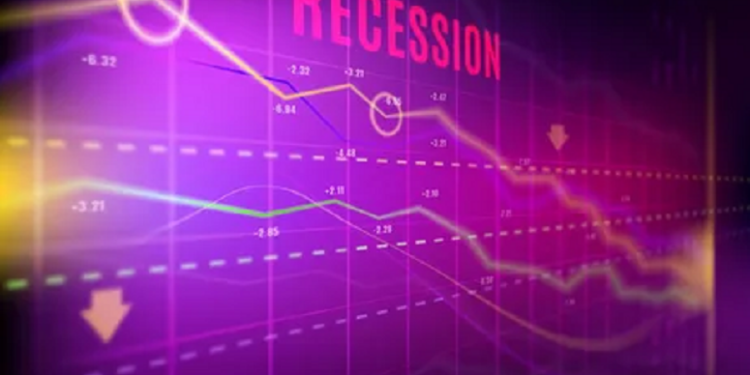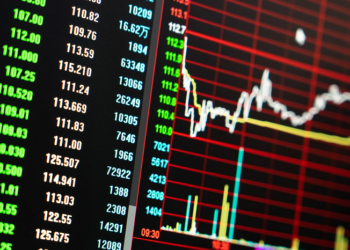Should a decline in GDP with job growth be considered a recession, why the successful economy of Sri Lanka collapsed, and what American businesses think about the prospects for the Federal Reserve to issue a digital dollar: the most interesting of economic blogs.
Whether the world’s largest economy, the United States, has entered a recession after two consecutive quarters of contraction has been one of the most discussed topics of the past week. According to preliminary estimates by the American Statistical Service, US GDP in the second quarter of 2022 decreased by 0.9% year-on-year after a contraction of 1.6% in the first quarter. Typically, a decline in GDP over two quarters is considered a recession – for example, this is how Eurostat defines it, as well as most analysts. This definition was proposed in 1974 by the American economist, one of the developers of business cycle statistics, Julius Shiskin, reminiscent of the blog of the World Economic Forum; and, although there is still no generally accepted definition of a recession, many countries consider it to be a contraction in annualized GDP for two consecutive quarters.
The duration criterion is that in addition to two quarters of decline in GDP, this is a decline in industry for 6 months; depth criterion – a decrease in GNP and employment by 1.5% and an increase in unemployment by 2 percentage points. up to at least 6%; The prevalence criterion is a decline in employment in at least 75% of industries within 6 months. In the United States, the beginning and end of a recession is officially recorded not by the statistical service, but by the independent National Bureau of Economic Research (NBER) – and it explains that it does not adhere to the definition of two quarters of GDP decline. The NBER identifies a recession as “a significant decline in economic activity that spreads across the entire economy and lasts more than a few months.” Usually the depth, duration and extent of spread are equivalent, but sometimes some criteria may be more important: for example, during the 2020 pandemic, the depth of the recession and its coverage of economic sectors were so great that the NBER declared a recession, although the decline in GDP lasted only two months (March – April).






